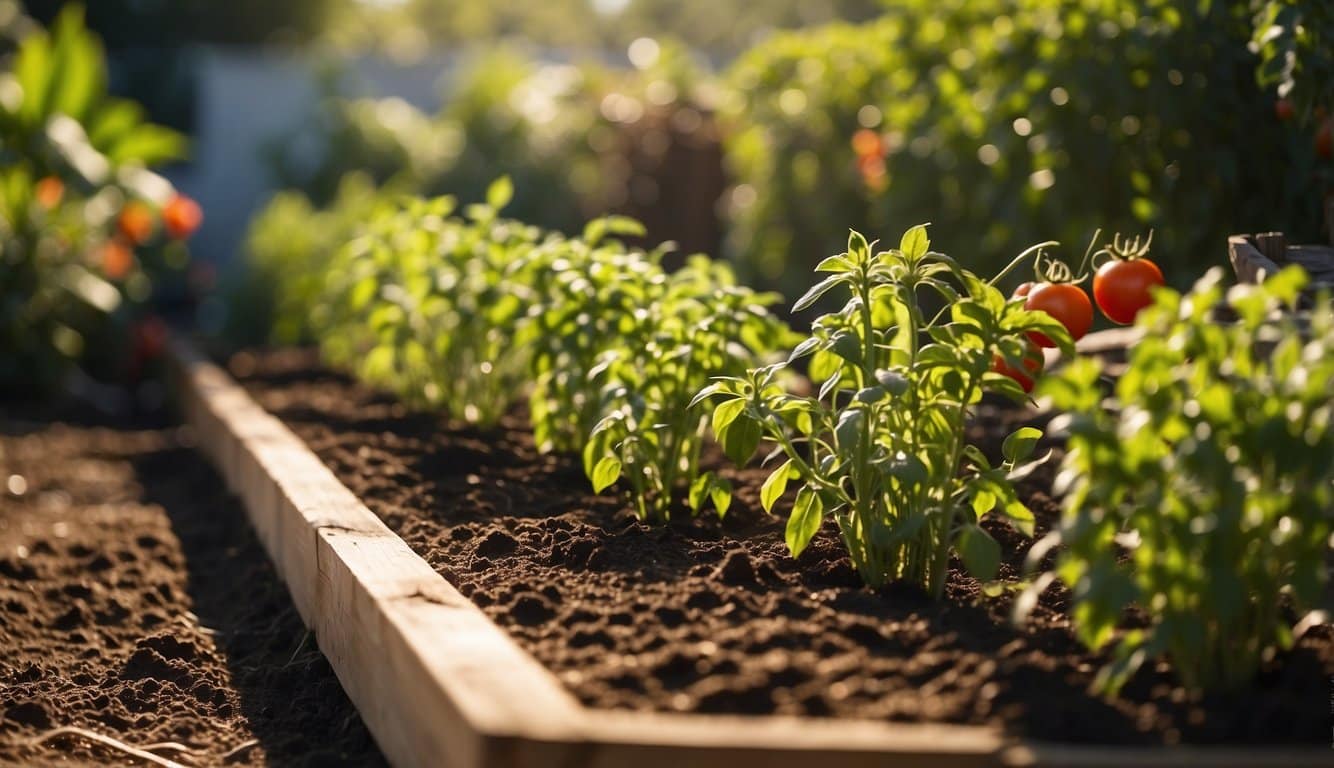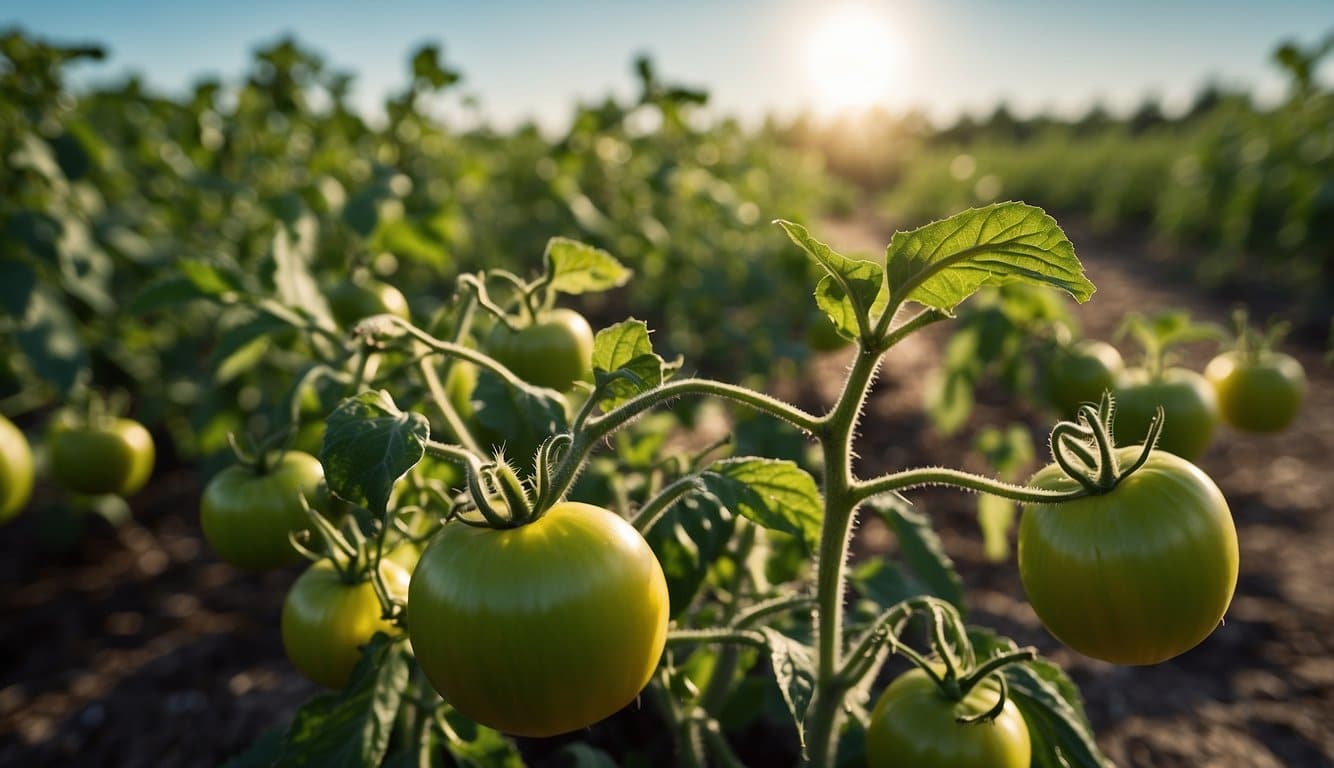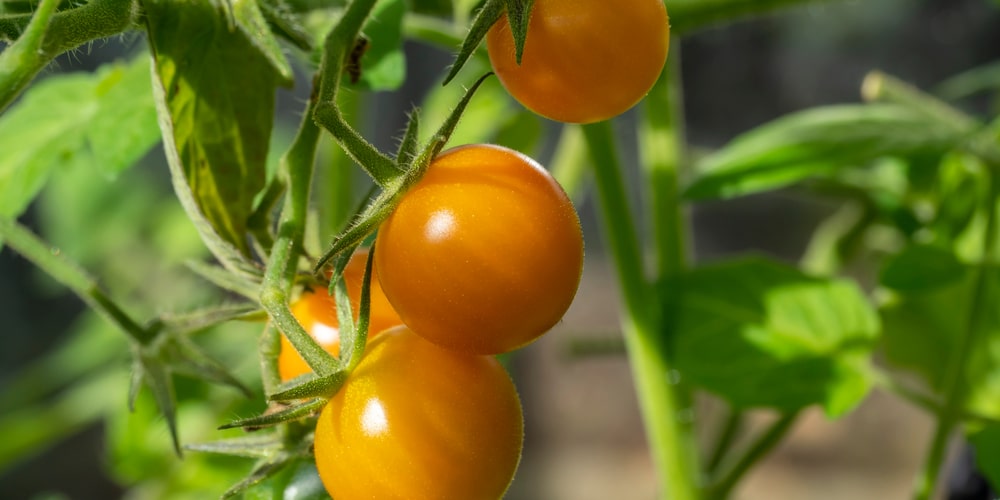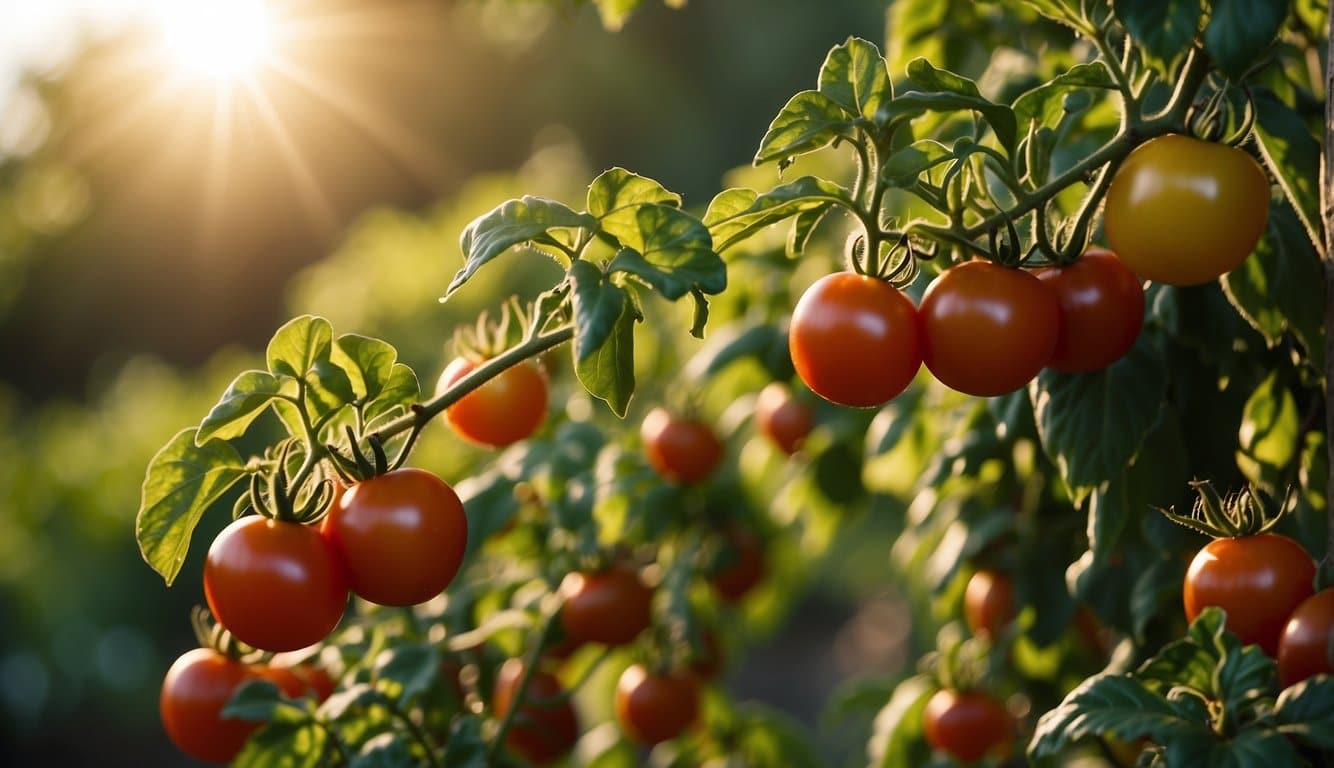| Question | What’s the best time of year to plant tomatoes in Florida? |
|---|---|
| Answer | Varies by region; generally early spring and late summer. |
| More Info |
|
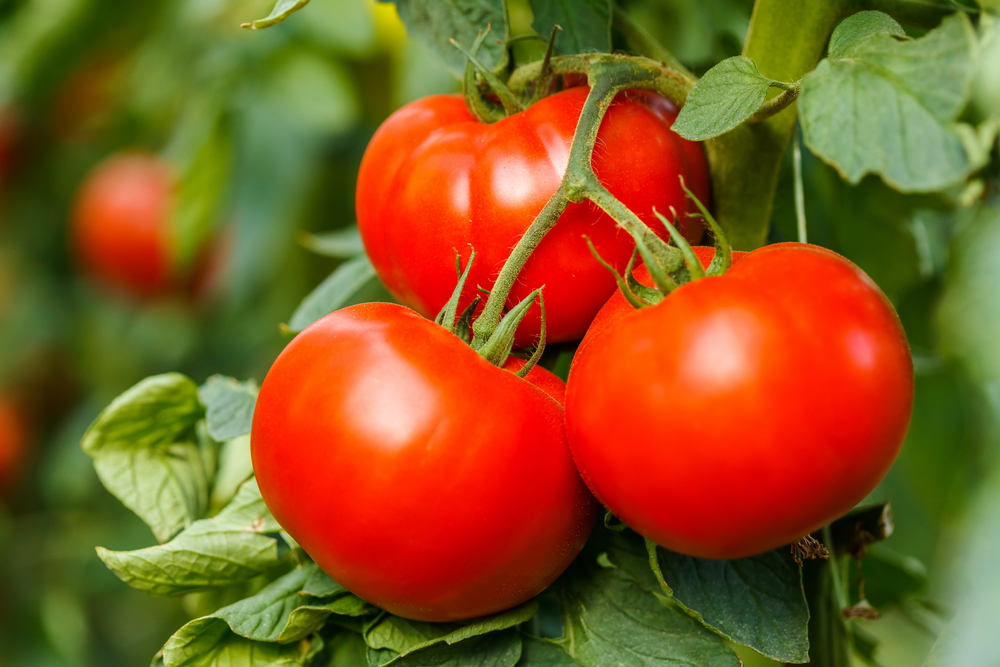
In Florida, due to its warm climate, tomato planting times differ significantly from much of the United States.
The state can generally support two main planting seasons. For North and Central Florida, tomatoes can be planted in early spring (February to March) and again in late summer to early fall (August to September).
In South Florida, where frost is rare, tomatoes can be planted from September through February, avoiding the hottest summer months when heat can stress the plants.
Selecting the right variety of tomato to plant is another crucial step.
Florida gardeners should consider shorter season varieties that can utilize the state’s long growing periods and mild winters.
Alongside the choice of variety, soil preparation and maintenance are of equal importance.
A well-draining soil with a pH between 6.0 and 6.8, enriched with organic matter and compost, will provide optimal conditions for tomato plants to grow strong and healthy.
For best results, tomatoes demand at least 8 hours of direct sunlight each day, making the selection of a sunny planting location essential.
Key Takeaways
- Optimal planting times in Florida are Late winter and early spring, with geographical variations.
- Choosing the right tomato variety and preparing soil with organic matter are critical steps.
- Tomatoes require full sun and well-drained soil for healthy growth in Florida’s climate.
Florida’s Climate and Tomato Planting Seasons
Florida’s varied climate zones directly influence the best times to plant tomatoes. By understanding the state’s unique growing zones and the optimal planting months, gardeners can yield robust tomato crops.
Identifying Your Florida Growing Zone
Florida is segmented into three primary climate zones: North, Central, and South Florida. Knowing which zone you’re in is crucial for planting tomatoes successfully.
- North Florida: Gardeners contend with a shorter growing period due to cooler temperatures.
- Central Florida: A transitional zone that experiences a blend of northern and southern climate characteristics.
- South Florida: Boasts a tropical climate that allows for an extended growing season.
These climate zones dictate when tomatoes should be planted and how they should be cared for.
Optimal Planting Months for Tomatoes in Florida
Each climate zone in Florida has specific months that are considered ideal for tomato planting.
- North Florida: Plant in early March.
- Central Florida: February to March and September to November are favorable.
- South Florida: Optimum planting occurs from August through March.
It’s important to plant within these timeframes to provide tomatoes the temperatures they need to thrive. Outside these periods, the plants may struggle due to unfavorable weather conditions.
Selecting the Right Tomato Varieties for Florida
When gardening in Florida, one must consider the climate’s unique conditions to ensure a bountiful harvest. Selecting the right tomato variety is crucial, focusing on disease resistance and suitability for the Florida heat and humidity.
Disease-Resistant Tomato Strains
Florida gardeners should prioritize disease-resistant tomato varieties to combat the prevalent challenges of humidity-related diseases in the region.
Two notable strains that thrive well in such conditions are:
- Florida 91: Bred to weather the Florida climate, this variety is valued for its hardiness against common diseases and maintains a consistent tomato production.
- Homestead: An excellent choice for its notable disease resistance and adaptability, Homestead tomatoes are a reliable option for Florida growers.
Heirloom vs. Hybrid Varieties
The choice between heirloom and hybrid tomatoes is significant due to their distinctive characteristics:
- Heirloom Varieties: Known for their rich flavor and diverse types, they may require more attention in Florida’s climate due to less disease resistance.
- Hybrid Varieties: Often bred for enhanced disease resistance and vigor, hybrids like ‘Heatmaster’ and ‘Solar Fire’ are engineered to perform well in the Florida heat.
Cultivation Techniques for Healthy Tomato Growth (Success is in the Soil)
To achieve a bountiful tomato harvest in Florida, one must prioritize soil management, meticulous water control, and proper plant support.
Soil Preparation and Fertilization
The foundation of tomato cultivation is well-prepared soil.
Gardeners should aim for a pH level between 6.0 and 7.0, as this slight acidity is optimal for tomato growth.
To adjust the pH, adding sulfur can decrease it, while incorporating lime can increase it.
For fertilization, the soil should be rich in organic matter, which can be achieved by adding compost or well-rotted manure before planting.
A balanced 10-10-10 fertilizer applied at the rate recommended by the fertilizer label will ensure the plants have the necessary nutrients.
Irrigation and Water Management
Managing water effectively is crucial for tomato plants.
They require consistent moisture, but are prone to issues if overwatered.
Implementing a schedule of deep, infrequent watering encourages healthy root development and reduces the risk of disease.
Drip irrigation is recommended for delivering water directly to the roots and minimizing leaf wetness, which can lead to fungal infections.
A good rule of thumb is providing 1 to 1.5 inches of water per week, whether from rainfall or manual watering.
Pruning and Supporting Tomato Plants
Tomatoes benefit from regular pruning and the proper support systems.
Removing unnecessary suckers helps direct the plant’s energy toward producing larger, healthier fruit and improving air circulation.
For staking, cages or trellises need to be sturdy to support the plant’s weight as it grows.
Securely tying the main stem and branches will minimize damage and keep fruit off the ground, reducing the risk of pest problems and diseases.
Frequently Asked Questions
In this section, readers will find a curated selection of common inquiries regarding the optimal times and practices for planting and growing tomatoes in the diverse climate of Florida.
When is the ideal time to start planting tomatoes in Florida’s climate?
In Florida, the optimal planting times for tomatoes vary by region.
In the north, early March is favorable, while central Florida gardeners should aim for February to March or September to November. Southern Florida residents can plant from August through February.
Can tomatoes be grown in Florida throughout the entire year?
Yes, with the right conditions, tomatoes can be cultivated year-round in Florida. During colder months, protective measures such as the use of row covers or greenhouses may be necessary to maintain tomato growth.
What varieties of tomatoes are most successful to cultivate in Florida’s growing conditions?
Gardeners in Florida achieve the best results with varieties that are heat-tolerant and resistant to local pests and diseases. Plum or pear-shaped tomatoes are also recommended for their suitability for drying and canning.
Are there any specific tips for growing tomatoes in Florida’s container gardens?
For container gardens, it’s important to select varieties of tomatoes that do well in pots, typically determinate or dwarf types.
Containers should have adequate drainage and be large enough to accommodate the plant’s growth. Regular watering and feeding are crucial due to the limited soil volume.
What are the best practices for nurturing tomato plants in Florida’s zones such as zone 9?
In Florida’s zone 9, tomatoes need a site that receives full sun and has well-draining soil. Mulching helps conserve moisture and manage soil temperature. For best results, one should arrange for staking or caging to support plants as they grow.
How should cherry tomatoes be cared for to ensure optimal growth in Florida’s environment?
Cherry tomatoes thrive in Florida’s warm conditions but require consistent moisture and a regular feeding schedule.
They also benefit from support structures like cages or trellises to keep the fruits off the ground and reduce the risk of disease.
Last update on 2025-04-19 / Affiliate links / Images from Amazon Product Advertising API



